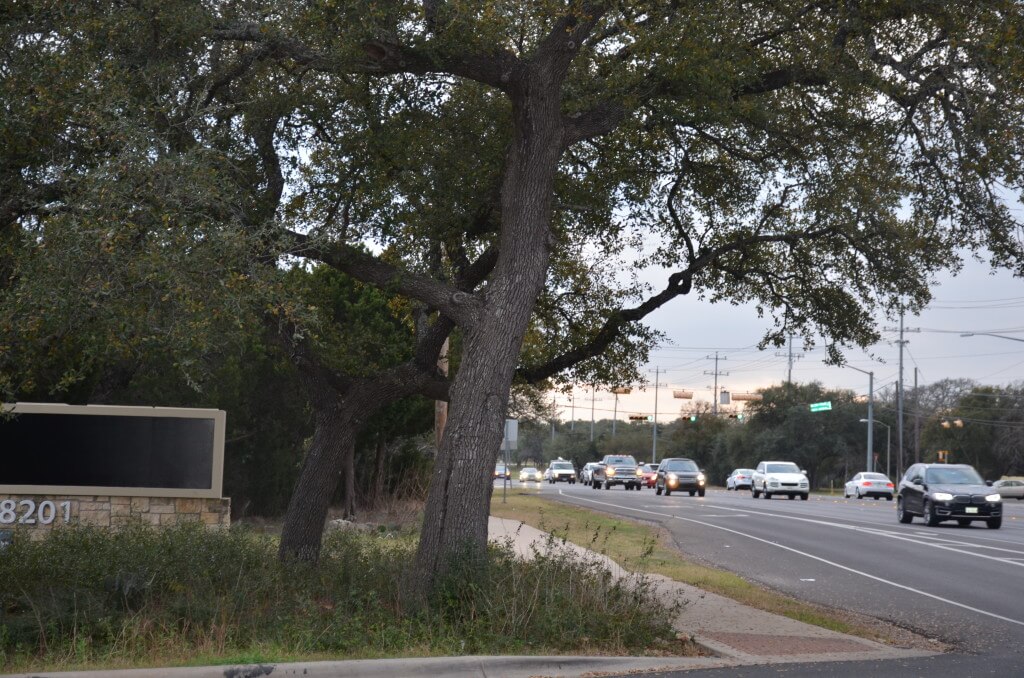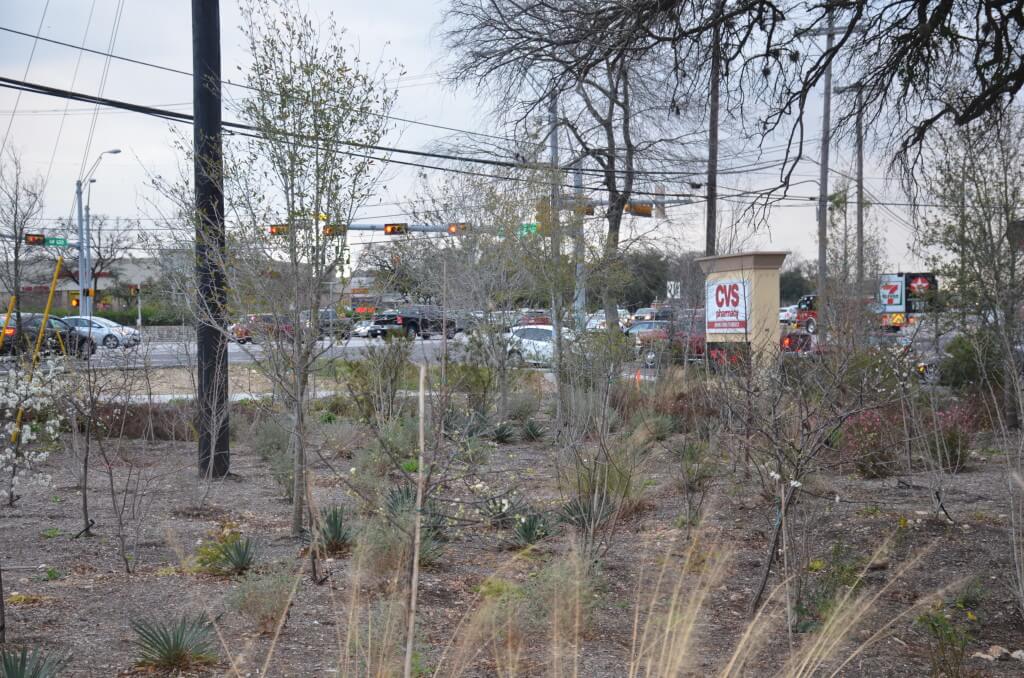By CASSIE MCKEE, FOUR POINTS NEWS
A city of Austin ordinance created to preserve the city’s scenic roadways is not winning any popularity points with local businesses along RM 620.
The Hill Country Roadway Ordinance was passed in 1985 with the intention of preserving the rural landscape and feel along the designated Hill Country roadways of RM 620, RM 2222, Loop 360, RM 2244 and Southwest Parkway. Supporters say the ordinance is important because it regulates development along Austin’s most scenic stretches.
“One of the primary purposes of the Hill Country Roadway Ordinances is to make sure (the area) is pretty much kept in its rural setting and has a rustic environment to it, so you don’t feel like you’re driving down Burnet Road,” said 2222 Coalition of Neighborhoods Association Peter Torgrimson.
But as the Four Points area has continued to boom with new residential and retail development, others feel the ordinance is too restrictive and hurts small business.

The Hill Country Roadway Ordinance requires that businesses along RM 620 keep a 100-foot vegetative buffer in between the business and the roadway. The Walmart at 8201 RM 620, where this sign is, was an example of a business with a good vegetative buffer but it closed its doors Jan. 28 citing low sales as one of the factors.
Photo by Lynette Haaland
“When it comes up, it’s never a positive thing,” said Tracy Coffman, president pro tem of the Four Points Chamber of Commerce. “It’s always someone complaining because of the way it’s enforced.”
One of the most restrictive measures of the ordinance is a requirement that businesses keep a 100-foot vegetative buffer in between the business and the roadway, essentially making the business invisible to those driving by. This is to provide a visual screening, undisturbed habitat and a dust and sound barrier, according to a city document.
“They want your business to be invisible,” Coffman said.
Torgrimson said the vegetative buffer is one of the hardest aspects to enforce.
“That’s one of the biggest problems,” Torgrimson said. “Most people don’t want those buffers there. They want to clear the buffer or not restore it if it’s been damaged before. The objective of this is to not see the stores.”
He pointed to the Walmart at 8201 N. RM 620 as an example of a business with a good vegetative buffer.
“They have a very satisfactory buffer so you can’t see that huge parking lot,” Torgrimson said.
Unfortunately, that same Walmart closed its doors Jan. 28 citing low sales as one of the factors. While it was one of 154 Walmart stores nationwide to close, it was the only Walmart in the Austin area.
One tenant of Walmart, Dr. Sherry Sherry Salkhordeh, owner and optometrist Four Points Family Vision and a Steiner Ranch resident, suggested years ago that Walmart should increase visibility and boost sales by cutting down trees and bushes near RM 620.
Several years ago, Home Depot cut down and trimmed trees and then had to replant or face repercussions of the ordinance.
Another restriction within the ordinance is that businesses must limit the height of their buildings and can use only monument signage, which are low profile with little or no open space between the ground and the sign.
One local development recently cited for violating the sign provision is the Trails at 620 development, located at 8300 N. FM 620.
Robert Moore, lead investigator for commercial and multi-family unit with Austin Code Department, said he first noticed that at least 12 of the businesses located in the development had put out flag signs or freestanding signs in the dirt near the roadway.
Moore said he gave each business owner both a verbal and written warning that they had to remove the signs. He said most of the businesses were cooperative and the case should be closed soon.
“Most of them have pulled their (signs) down by now,” Moore said.
Businesses who do not comply can be taken to court, he said.
Even Moore said he understands how the ordinance could be harmful to small businesses.
“I think it definitely hurts the businesses for sure,” Moore said. “If they didn’t do their homework and they’re a business that requires signage for success, then it can hurt them.”
Coffman said to his knowledge the ordinance has not been updated since it was passed in the mid-80s.
“It needs to be updated,” Coffman said. “It’s not helping any businesses.”
He said that while he appreciates the intent of the ordinance, some of its measures are too extreme.
“Part of the beauty of this area is the nature,” Coffman said. “I certain don’t want it to look like a Houston, but there’s got to be a little more give and take.”


